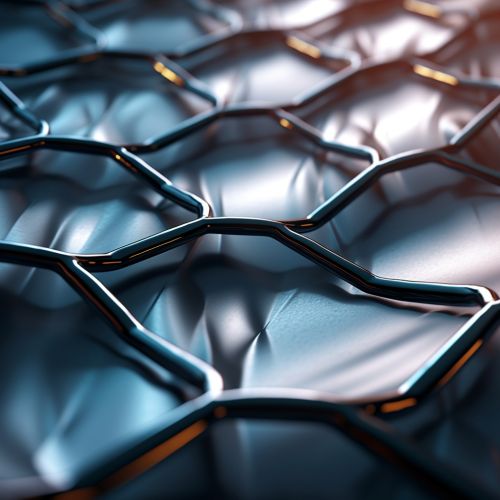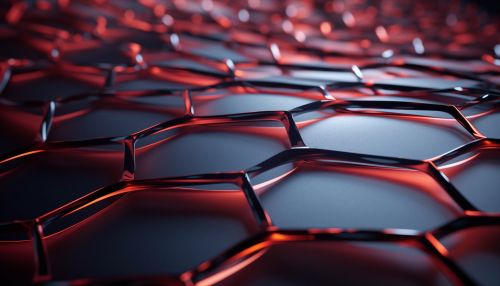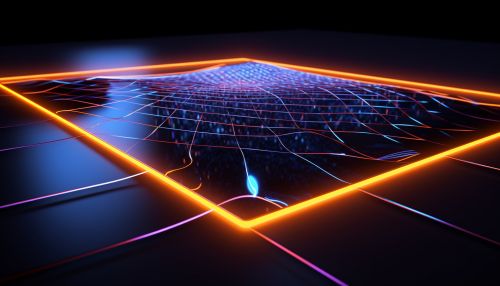Quantum Hall Effect in Graphene
Introduction
The Quantum Hall Effect (QHE) is a quantum-mechanical version of the Hall effect, which was first observed in two-dimensional electron systems. In graphene, a single layer of carbon atoms arranged in a hexagonal lattice, the Quantum Hall Effect exhibits unique characteristics due to the material's exceptional electronic properties. This article provides a comprehensive and detailed exploration of the Quantum Hall Effect in graphene.


Quantum Hall Effect
The Quantum Hall Effect is a quantum-mechanical phenomenon observed in two-dimensional electron systems, particularly in strong magnetic fields. It is characterized by the quantization of the Hall resistance and the vanishing of the longitudinal resistance. The QHE was first discovered in 1980 by the German physicist Klaus von Klitzing for which he was awarded the Nobel Prize in Physics in 1985.
Graphene
Graphene is a single layer of carbon atoms arranged in a hexagonal lattice. It is the basic structural element of other carbon allotropes, including graphite, charcoal, carbon nanotubes, and fullerenes. Graphene has exceptional electronic, thermal, and mechanical properties, which make it an excellent material for various applications, including electronics, photonics, composite materials, energy storage, and biomedical applications.
Quantum Hall Effect in Graphene
The Quantum Hall Effect in graphene exhibits unique characteristics due to the material's exceptional electronic properties. In particular, the energy spectrum of charge carriers in graphene is described by a linear dispersion relation, which leads to a unique half-integer quantum Hall effect. This effect has been experimentally observed in graphene and has been the subject of extensive theoretical and experimental studies.


Half-Integer Quantum Hall Effect
In contrast to the integer Quantum Hall Effect observed in conventional two-dimensional electron systems, the Quantum Hall Effect in graphene is characterized by a half-integer quantization of the Hall conductance. This half-integer Quantum Hall Effect is a direct consequence of the peculiar electronic properties of graphene, in particular, its linear dispersion relation and the presence of two equivalent valleys in the Brillouin zone.
Experimental Observations
The half-integer Quantum Hall Effect in graphene was first observed experimentally in 2005. Since then, numerous experiments have been conducted to study the Quantum Hall Effect in graphene under various conditions, such as different magnetic fields, temperatures, and carrier densities. These studies have provided valuable insights into the electronic properties of graphene and the quantum-mechanical nature of the Quantum Hall Effect.
Theoretical Studies
The Quantum Hall Effect in graphene has also been the subject of extensive theoretical studies. These studies have provided a deeper understanding of the Quantum Hall Effect in graphene, including the role of electron-electron interactions, disorder, and finite-size effects. Theoretical studies have also predicted several unique features of the Quantum Hall Effect in graphene, some of which have been confirmed by experiments.
Applications
The Quantum Hall Effect in graphene has potential applications in quantum computing, precision metrology, and other areas of science and technology. In particular, the precise quantization of the Hall resistance in the Quantum Hall Effect can be used to define a new standard for electrical resistance, based on fundamental constants of nature.
